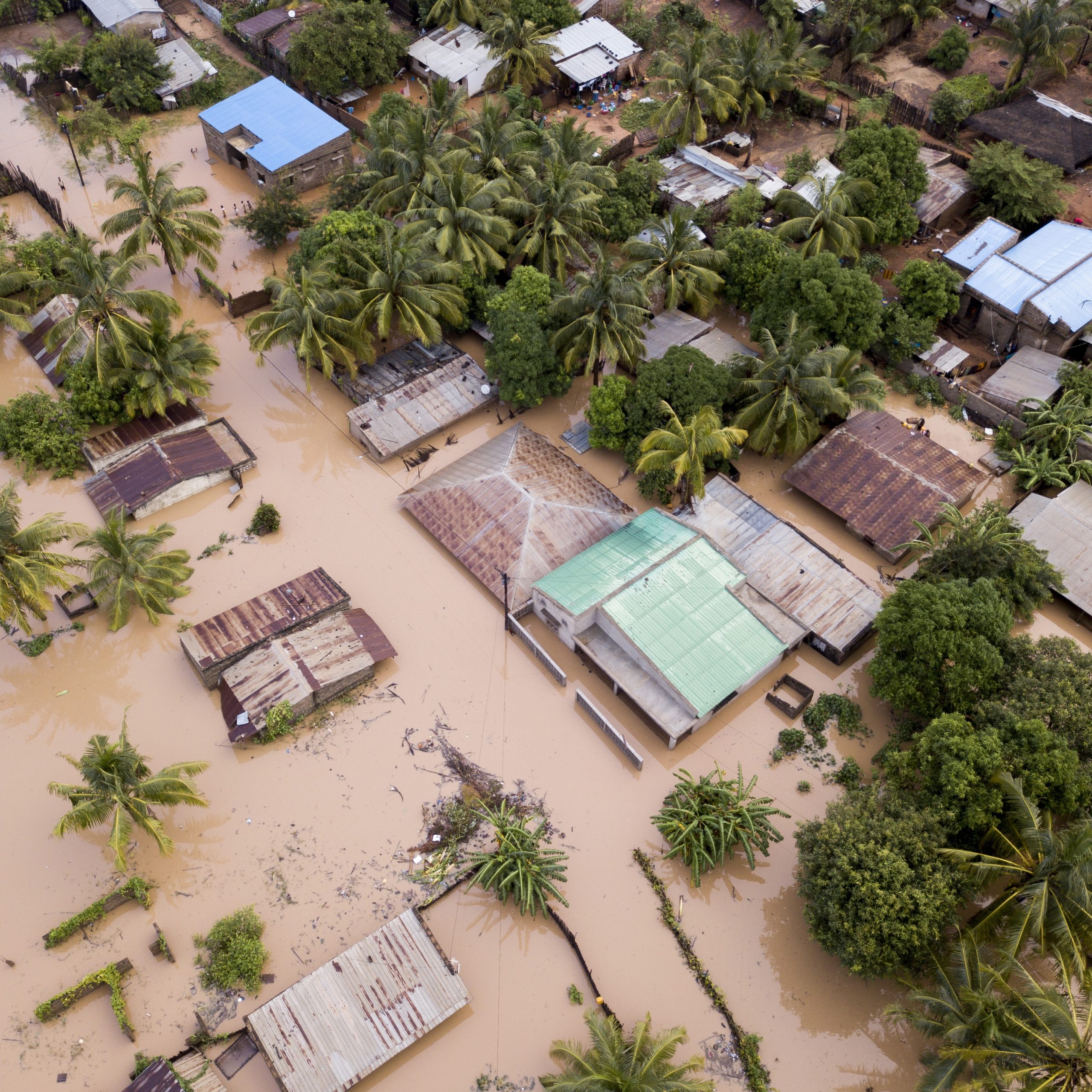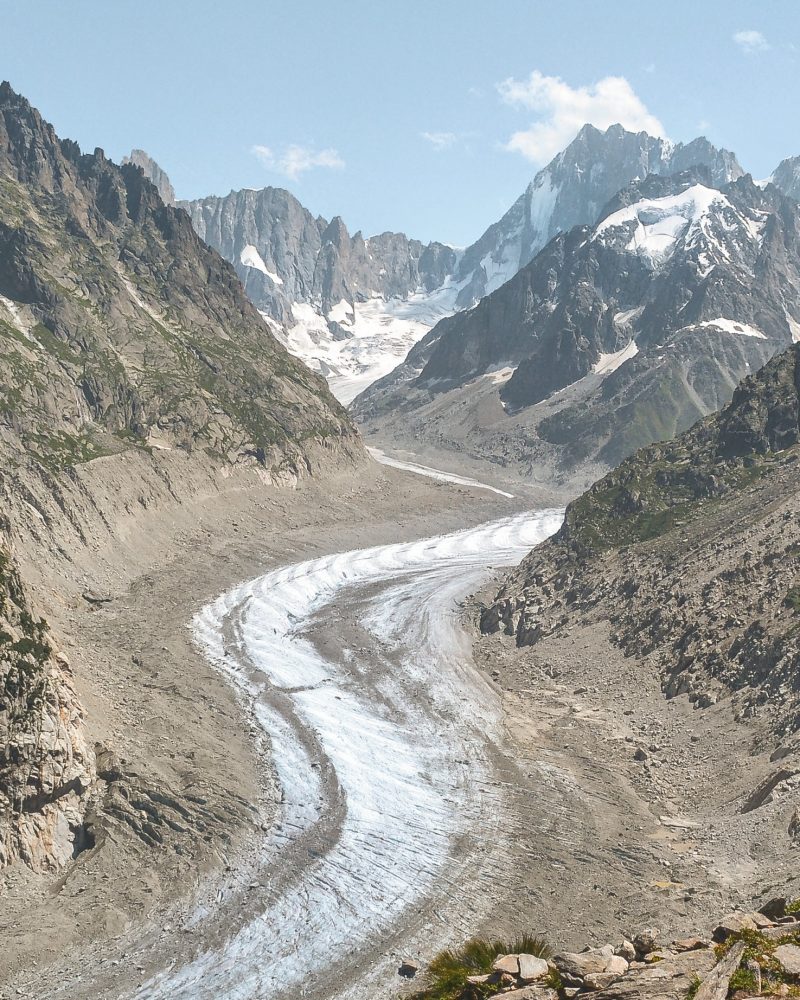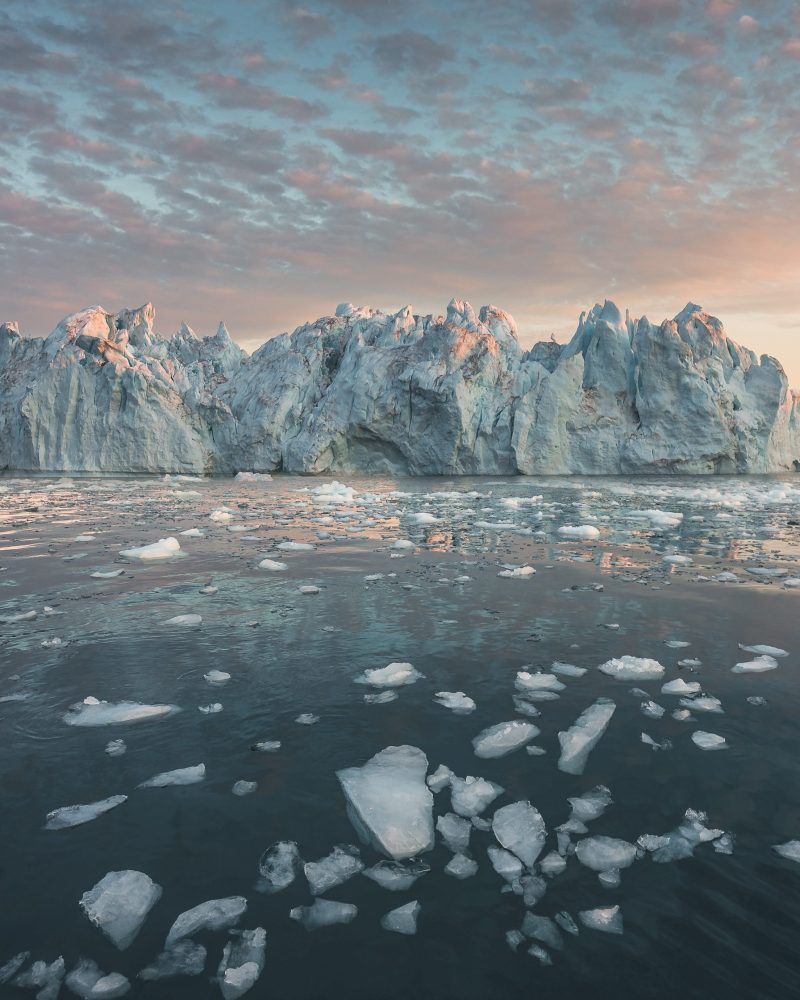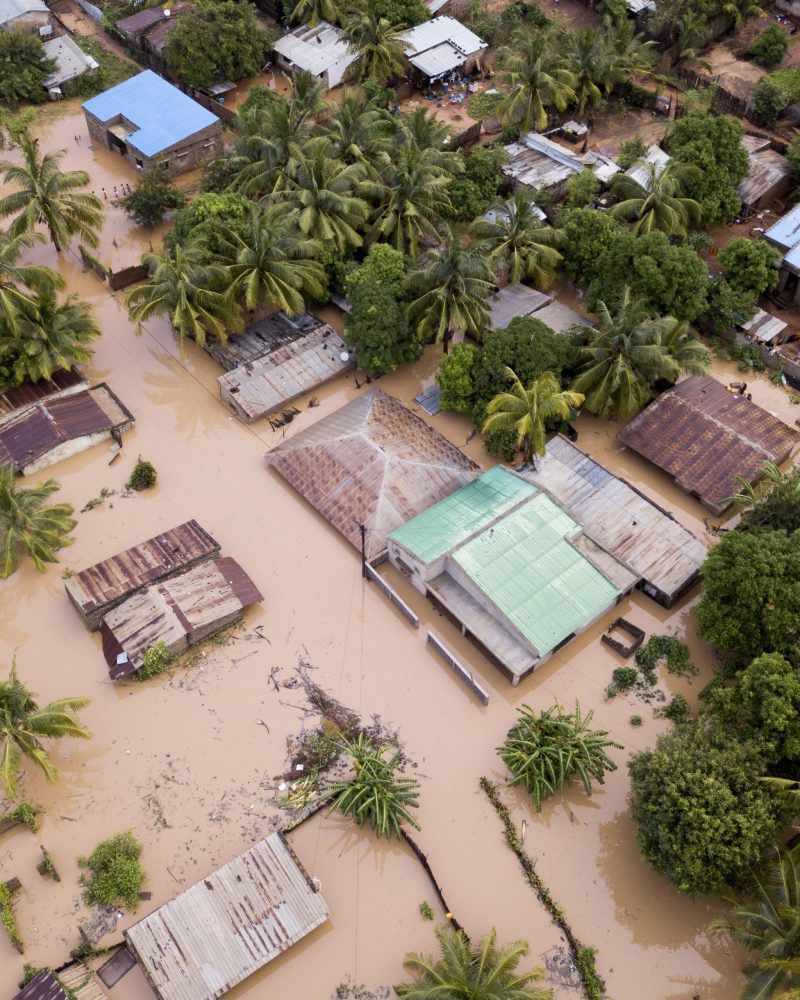Sea levels are rising around the globe, as a result of two factors. Firstly, ice sheets and glaciers are melting at ever-increasing rates, adding hundreds of billions of tonnes of water to the Earth’s oceans every year. Second, as global heating causes seawater to warm up, it expands.
The most recent report concerning the effects of climate change on the oceans was published by the United Nations’ Intergovernmental Panel on Climate Change, or IPCC, in 2019. The IPCC reports represent the global scientific consensus on climate science, and are signed off by representatives from 193 countries around the world.
According to the 2019 report, global mean sea levels rose by an average of 3.6mm per year between 2006 and 2015, a figure which has increased drastically in the last 30 years. Between 1901 and 1990, by comparison, global mean sea levels rose by just 1.4mm a year.
Coastal ecosystems are already impacted by sea level rise.
IPCC Special Report
Ocean & Cryosphere in a Changing Climate (SROCC)
Humans are responsible
That IPCC report on the oceans also concluded, with a “high level of confidence”, that the dominant cause of sea level rise since 1970 was human activity – specifically the rapid increases in greenhouse gas concentrations in our atmosphere. The report predicted that, even if the commitments made under the 2015 Paris Agreement are met, the pace of sea level rise will increase even further by the end of this century.
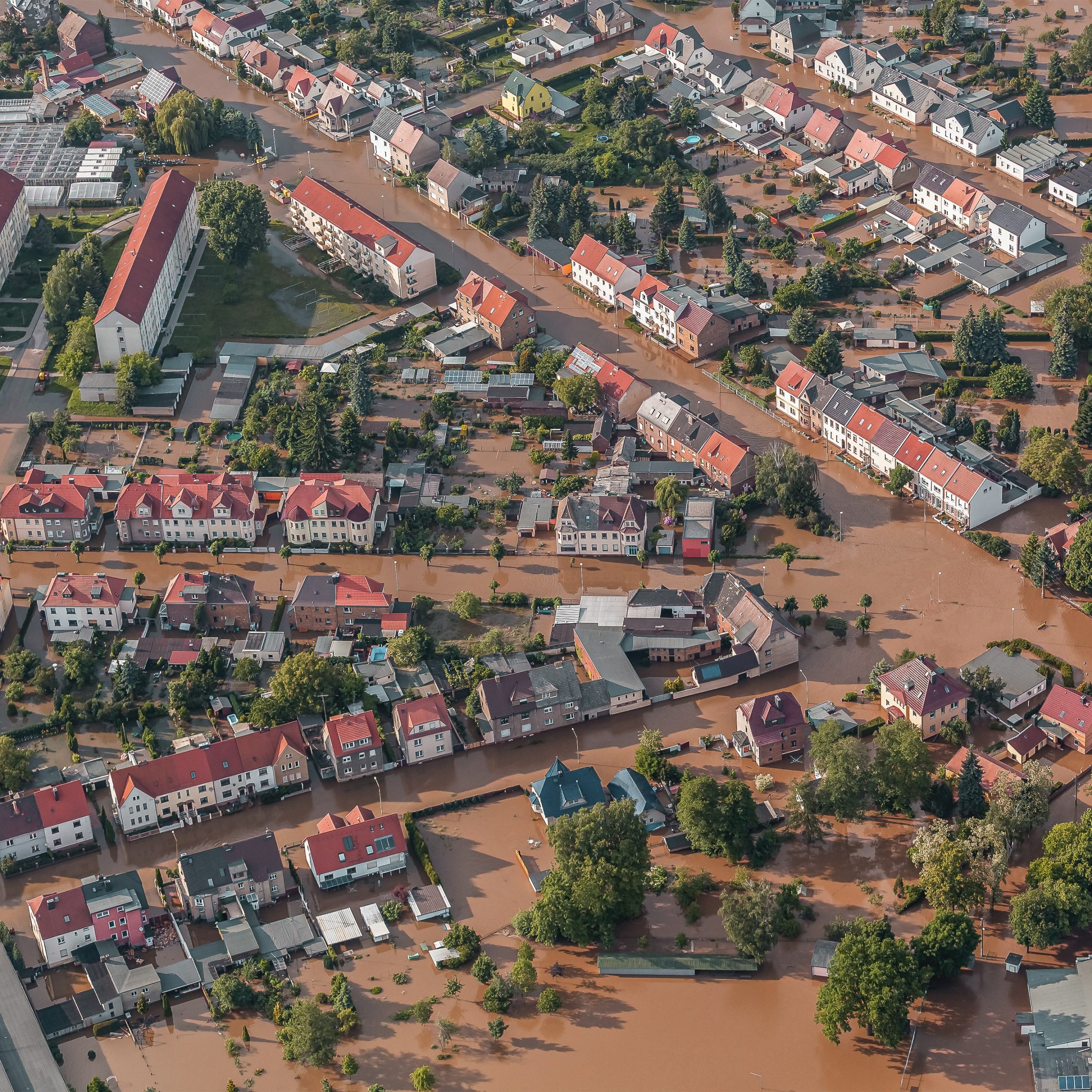
If we don’t stop sea level rise from occurring, we will lose New York, Shanghai, Calcutta. Tokyo is on the list. Mumbai, Hamburg, and even London.
Prof. Anders Levermann
Potsdam Institute for Climate Impact Research
While a global average sea level rise of 20cm might not sound that bad, the worst is yet to come. The last time the planet was 2ºC to 4ºC warmer than in pre-industrial times, during the mid-Pliocene Warm Period, 3.3 to 3 million years ago, global sea levels are believed to have been up to 25m higher than they are today. That would be enough to flood Florida, London, all of the Netherlands and most of Denmark.
Is it just a result of melting ice sheets & glaciers?
No. More than 90 percent of the heat trapped by greenhouse gases is currently absorbed by the ocean. As the heat is absorbed, water temperatures rise and the water expands – a phenomenon known as thermal expansion. According to data gathered by NASA, thermal expansion has been responsible for roughly one-third of the observed sea level rise since 2004, (although historically, that proportion has been higher).


Rising oceans will make large swathes of Earth uninhabitable
Rising oceans will make large swathes of Earth uninhabitable
According to the 2019 IPCC report on oceans, some 680 million people – roughly 10 percent of the world’s population in 2010 – currently live in low-lying coastal areas. Of these, roughly 65 million live in what are classified as ‘small island developing states’, where the risks from sea level rise are even more pronounced.

100-year events become the new normal
Extreme sea level events that were historically rare, such as storm surges, will become more common as global mean sea levels continue to rise. The report predicts that events that might previously have occurred once a century will become far more common by 2100, and that “many low-lying cities […] will experience such events annually by 2050.”
Coastal ecosystems have already been impacted by a combination of sea level rise and other climate-related ocean changes, according to the 2019 IPCC report on the oceans. This has already affected wildlife habitats and biodiversity, and devastated the communities who live along the world’s coastlines.
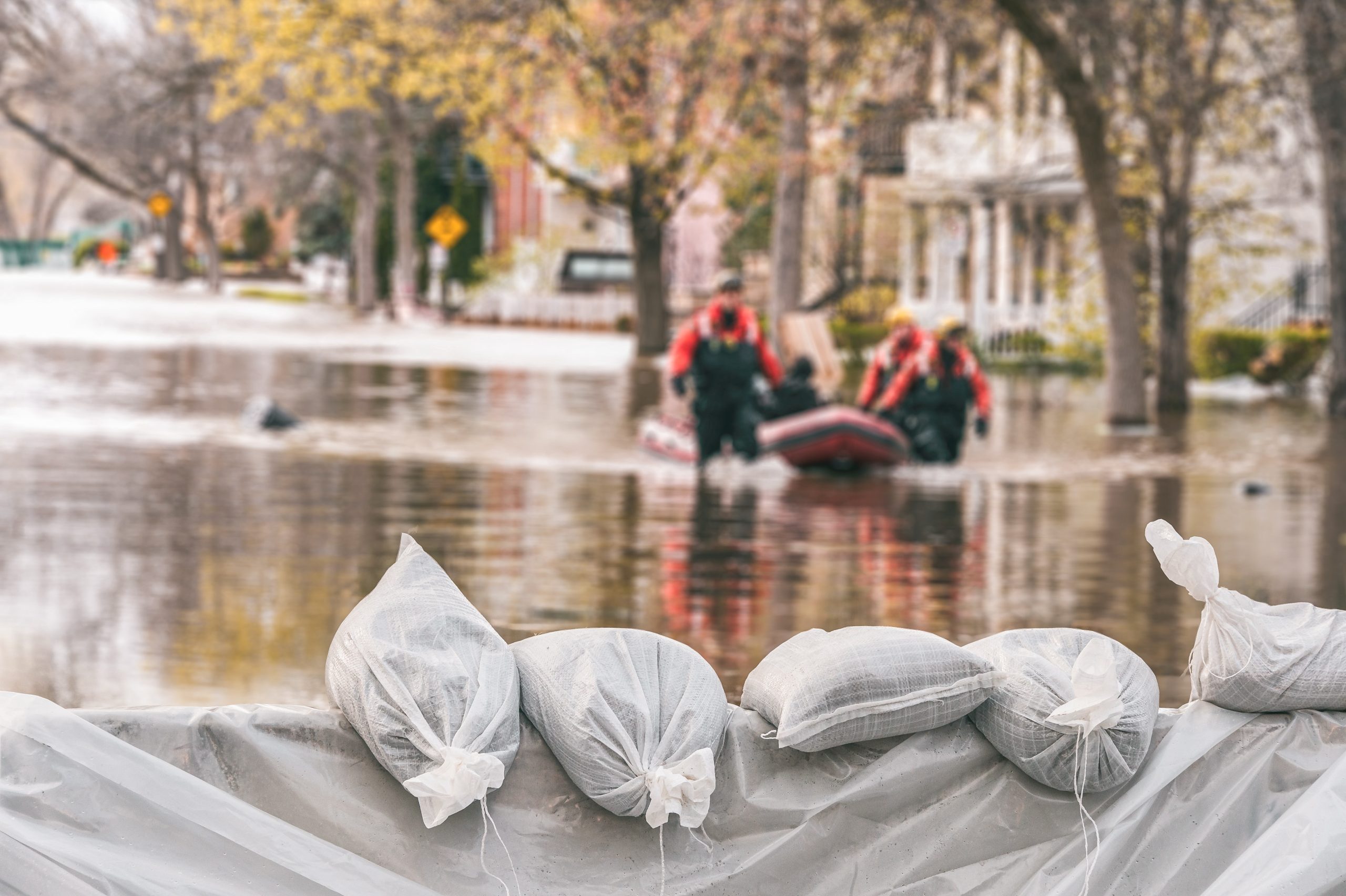
As sea levels rise, catastrophic storm surges will become increasingly frequent
As sea levels rise, catastrophic storm surges will become increasingly frequent
